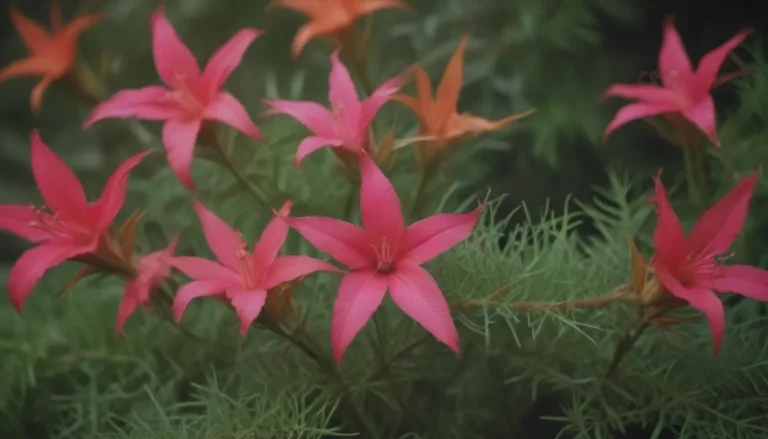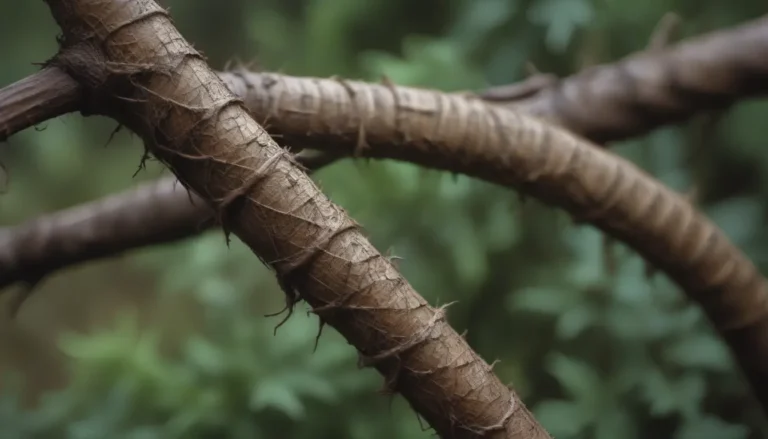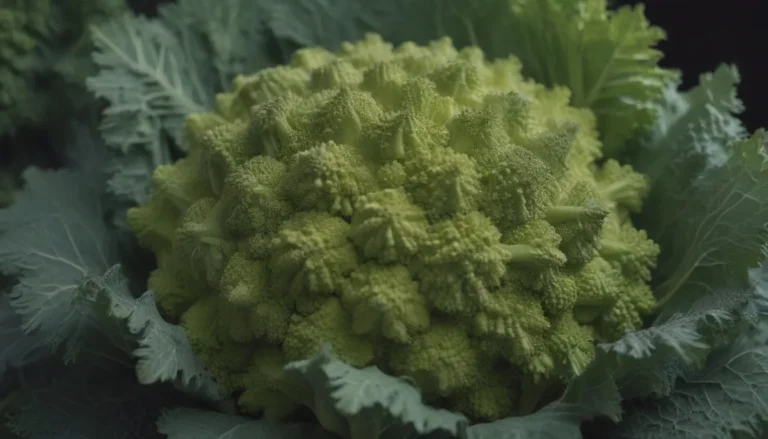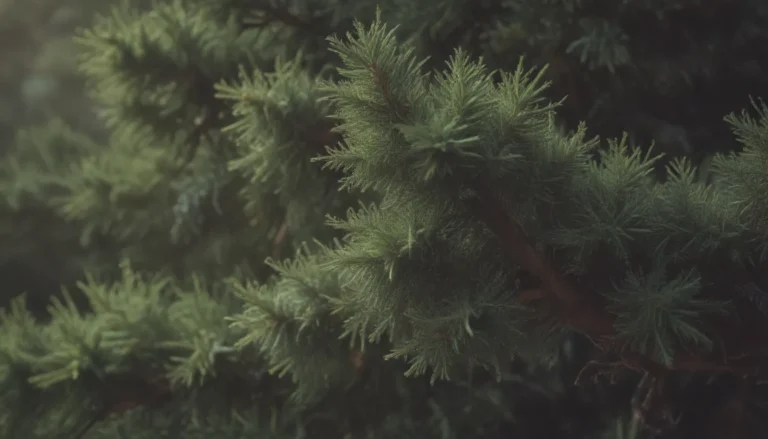The Ultimate Guide on Growing and Caring for Switchgrass
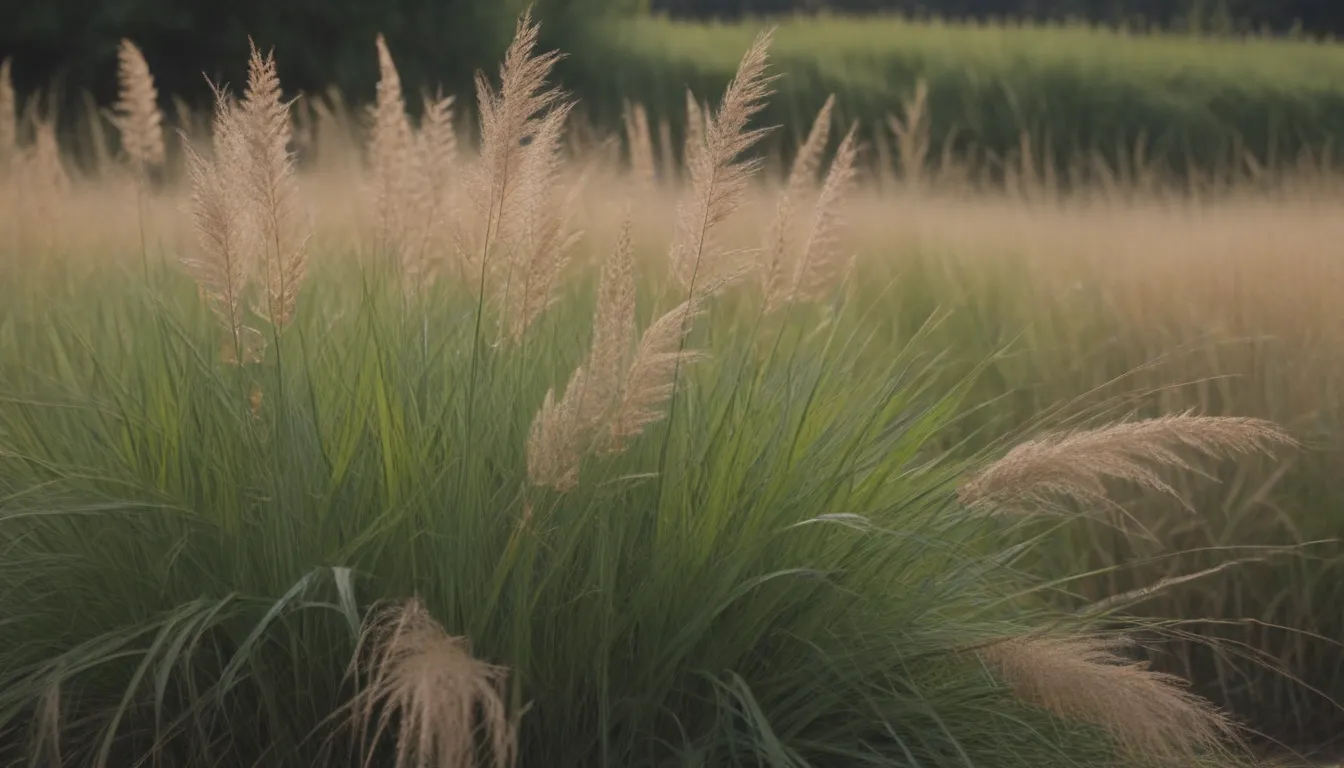
Are you looking to add a touch of native beauty to your garden? Switchgrass might just be the perfect addition! This tall, native North American, warm-season perennial is not only easy to grow but also comes with a plethora of benefits. In this comprehensive guide, we will explore everything you need to know about growing and caring for switchgrass. From its unique characteristics to tips on propagation and maintenance, we’ve got you covered.
Understanding Switchgrass
Switchgrass is a versatile ornamental grass known for its teardrop-shaped flower seeds that bloom in the summer and turn to shades of yellow in the fall. It is a low-maintenance plant that is resistant to diseases and pests, making it an ideal choice for both landscaping and agricultural purposes. With its spreading rhizomatous roots and clump-forming habit, switchgrass is also great for preventing soil erosion in sloped areas.
Benefits of Switchgrass
- Resistant to diseases and pests
- Ideal for erosion control
- Suitable for hay, cattle feed, and wildlife habitat
- Potential biofuel crop
Cultivating Switchgrass
Switchgrass is a hardy plant that can thrive in various soil and climate conditions. Here are some key considerations for growing and caring for switchgrass in your garden:
Light
Switchgrass thrives in full sun, which promotes vigorous growth and vibrant colors. While it can tolerate partial shade, full sun is ideal for optimal performance.
Soil
Switchgrass is adaptable to different soil types but prefers moist sandy or clay soil. Avoid overly rich soil, as it may cause the stalks to flop over.
Water
Switchgrass is drought-tolerant but benefits from regular watering for best growth. It can also tolerate light flooding, making it suitable for wetter areas.
Temperature and Humidity
Switchgrass is tolerant of a wide range of weather conditions, from intense summer heat to freezing winter temperatures.
Fertilizer
Once established, switchgrass rarely needs additional fertilization. Too much fertilizer can cause the stalks to droop, so use sparingly.
Types of Switchgrass Cultivars
There are many switchgrass cultivars available, each with its unique characteristics. Some popular cultivars include ‘Blue Tower’, ‘Dallas Blues’, ‘Shenandoah’, ‘Cloud Nine’, and ‘Prairie Fire’. Before planting, make sure to research the specific needs of your chosen cultivar for best results.
Propagating and Growing Switchgrass
Switchgrass can be propagated from seeds or by dividing existing clumps. Here are some tips on propagating and growing switchgrass:
Dividing Clumps
- Divide switchgrass clumps in late spring for best results
- Replicate the height and color of existing plants by dividing clumps
Growing from Seed
- Start switchgrass seeds indoors in a sunny location
- Provide plenty of light, moisture, and warmth for germination
- Seedlings form quickly and can be transplanted outdoors once established
Pruning and Maintenance
To ensure healthy growth and vibrant colors, prune switchgrass in late winter or early spring by cutting the foliage a few inches above the ground. This will encourage new growth and maintain the plant’s shape.
Common Pests and Diseases
Switchgrass is resistant to most pests but may be susceptible to fungal diseases such as rust, leaf spot, and smut. To prevent fungal diseases, use a fungicide as needed and monitor your plants regularly for signs of infection.
Troubleshooting Common Problems
Even low-maintenance plants like switchgrass can encounter issues from time to time. Here are some common problems and their solutions:
Not Growing or Emerging
Ensure the soil temperature is at least 55 degrees Fahrenheit for germination. If switchgrass is not growing, check the soil temperature and adjust as needed.
Yellowing Leaves
Yellowing leaves may indicate overwatering or nutrient imbalances. Adjust watering and consider a balanced fertilizer to correct yellowing.
Floppy Grass
If switchgrass becomes floppy, ensure it has sufficient sunlight and avoid over-fertilizing. Staking may be necessary for varieties with less supportive stems.
In conclusion, switchgrass is a versatile and attractive addition to any garden. With proper care and maintenance, this native grass can thrive in various environments while providing numerous benefits for both gardeners and wildlife alike. Whether you’re looking for erosion control, wildlife habitat, or a unique ornamental grass, switchgrass is a versatile choice that offers beauty and functionality. So why not give switchgrass a try in your garden today?
Remember, with a little bit of care and attention, your switchgrass can flourish and bring beauty to your outdoor space for years to come!
